The Apparatus Engineer: How Do I Prepare For The Job? Part 2
In part 1 we looked at some of the reasons and decisions you should consider when deciding to promote to the position of engineer/driver/operator. We also began a look into what you will encounter when preparing for the process itself. Today we will continue to look at some additional items you will encounter as you study and test for this most important crew member position.
The Daily Check
The quickest way to learn your unit is to perform daily safety checks. Safety checks are done before every shift and are one of the most important tasks we will complete. Not only will you learn the ins and outs of our unit but you will be making sure that the unit is in a state of readiness and that you will be able to get your crew safely to and from calls.
Think about this: If we don’t get to the emergency call, then how are we going to provide the service we are called to do?
Repeat after me:
We shall never get caught up in taking short cuts when completing our safety checks as it will put our crew and the public in danger.
On The Street
Once you can show that you know the unit and how to check the unit out; then driving is the next step. Two things to keep in mind when driving:
1- Driving an emergency vehicle that weighs 40,000 pounds plus is not like driving a car. The technical skills for operating a large unit are VERY different than that of operating our average vehicle. These units have larger blind spots. They do not react quickly and take long distances to slow down and/or stop. The turning radius is dramatically different.
2-Your attitude toward driving your unit should always be one of showing due regard. Just because you are driving a shiny piece of apparatus down the road does not mean you can do whatever you want (even when driving with lights and sirens activated).
Following your state’s basic speed law and driving safely for the current conditions should be top priority. Remember you represent your department and the public is always watching and judging your performance whether you are driving around town or driving lights and siren.
After spending some time behind the wheel, your next steps will be reviewing systems such as a diesel vs. gas engines, air brake systems and pumping systems. This will involve company schools and drills as well as presentations of your knowledge.
You will also spend time learning hydraulics, understanding the mathematics involved and understanding friction loss as it pertains to pumping operations.
You will need to review your department’s SOPs relating to the position. If not already familiar, you will need to learn your first in district and major target hazards within your city. Depending on your department, you may also have to learn aspects of your supervisor’s duties in the event you need to step into that role.
As we have seen there is much to learn about becoming an apparatus engineer. It is best not to be overwhelmed and take the lessons piece by piece, understanding each portion to the best of your ability. Your role as the apparatus engineer is crucial to the success of the crew’s mission and it should be taken seriously.
Part 2 of 2
Part 1: https://firefightertoolbox.com/engineer-prepare-part-1/

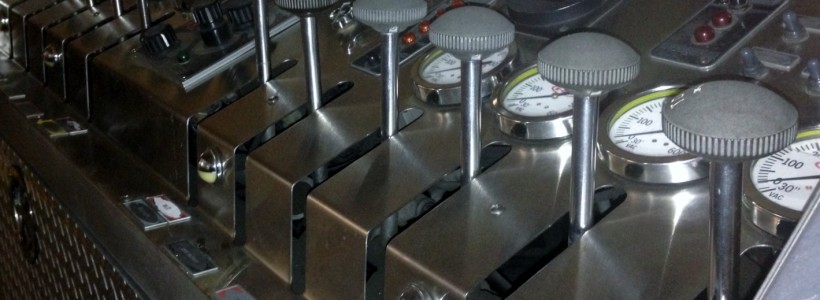
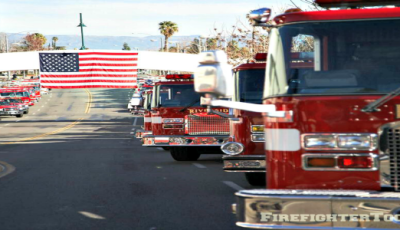
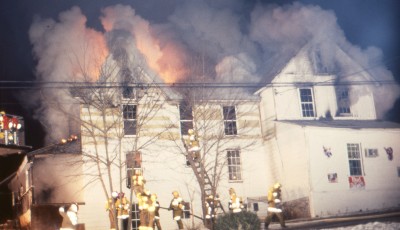
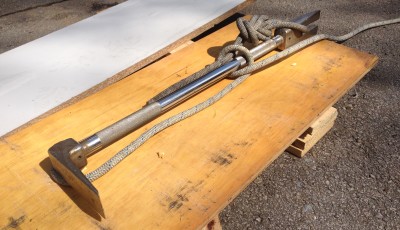
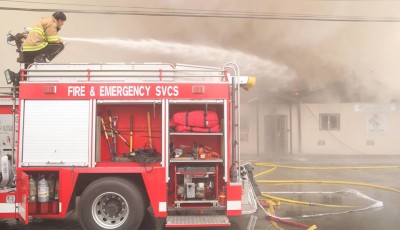
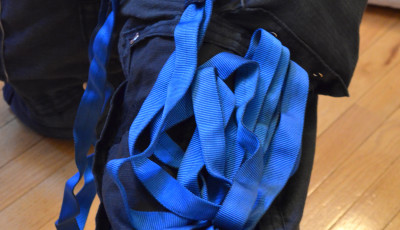
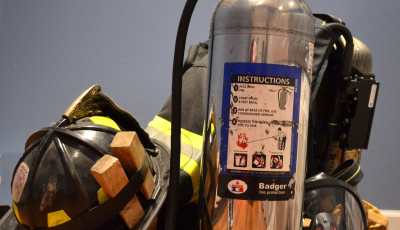




Great points in both articles. I will be sharing this with the engineers at the firehouse.
Thank you JJ and I hope it helps your future drivers.